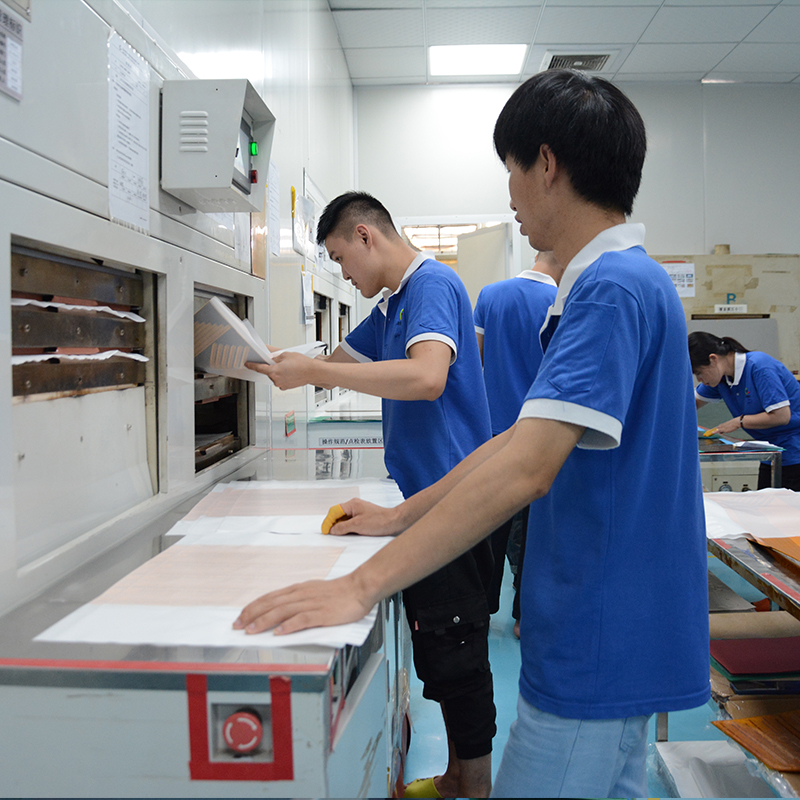Introduce:
In today’s technologically advanced world, Printed Circuit Boards (PCBs) are important components used in various electronic devices. While PCB prototyping is a common practice, it becomes more challenging when dealing with high-temperature applications. These special environments require rugged and reliable PCBs that can withstand extreme temperatures without affecting functionality. In this blog post, we’ll explore the process of PCB prototyping for high-temperature applications, discussing important considerations, materials, and best practices.
High Temperature PCB Prototyping Challenges:
Designing and prototyping PCBs for high temperature applications presents unique challenges. Factors such as material selection, thermal and electrical performance must be carefully evaluated to ensure optimal functionality and longevity. Additionally, using incorrect materials or design techniques can lead to thermal issues, signal degradation, and even failure under high-temperature conditions. Therefore, it is crucial to follow the correct steps and consider certain key factors when prototyping PCBs for high-temperature applications.
1. Material selection:
Material selection is critical to the success of PCB prototyping for high temperature applications. Standard FR-4 (Flame Retardant 4) epoxy-based laminates and substrates may not adequately withstand extreme temperatures. Instead, consider using specialty materials such as polyimide-based laminates (such as Kapton) or ceramic-based substrates, which offer excellent thermal stability and mechanical strength.
2. Weight and thickness of copper:
High temperature applications require higher copper weight and thickness to enhance thermal conductivity. Adding copper weight not only improves heat dissipation but also helps maintain stable electrical performance. However, keep in mind that thicker copper can be more expensive and create a higher risk of warping during the manufacturing process.
3. Component selection:
When selecting components for a high-temperature PCB, it is important to select components that can withstand the extreme temperatures. Standard components may not be suitable because their temperature limits are often lower than those required for high-temperature applications. Use components designed for high-temperature environments, such as high-temperature capacitors and resistors, to ensure reliability and longevity.
4. Thermal management:
Proper thermal management is critical when designing PCBs for high temperature applications. Implementing techniques such as heat sinks, thermal vias, and balanced copper layout can help dissipate heat and prevent localized hot spots. Additionally, considering the placement and orientation of heat-generating components can help optimize airflow and heat distribution on the PCB.
5. Test and verify:
Prior to high-temperature PCB prototyping, rigorous testing and validation are critical to ensure the functionality and durability of the design. Conducting thermal cycling testing, which involves exposing the PCB to extreme temperature changes, can simulate real operating conditions and help identify potential weaknesses or failures. It is also important to conduct electrical testing to verify the performance of the PCB in high temperature scenarios.
In conclusion:
PCB prototyping for high-temperature applications requires careful consideration of materials, design techniques, and thermal management. Looking beyond the traditional realm of FR-4 materials and exploring alternatives such as polyimide or ceramic-based substrates can greatly improve PCB durability and reliability in extreme temperatures. Additionally, selecting the right components, coupled with an effective thermal management strategy, is critical to achieving optimal functionality in high-temperature environments. By implementing these best practices and conducting thorough testing and validation, engineers and designers can successfully create PCB prototypes that can withstand the rigors of high-temperature applications.
Post time: Oct-26-2023
Back







